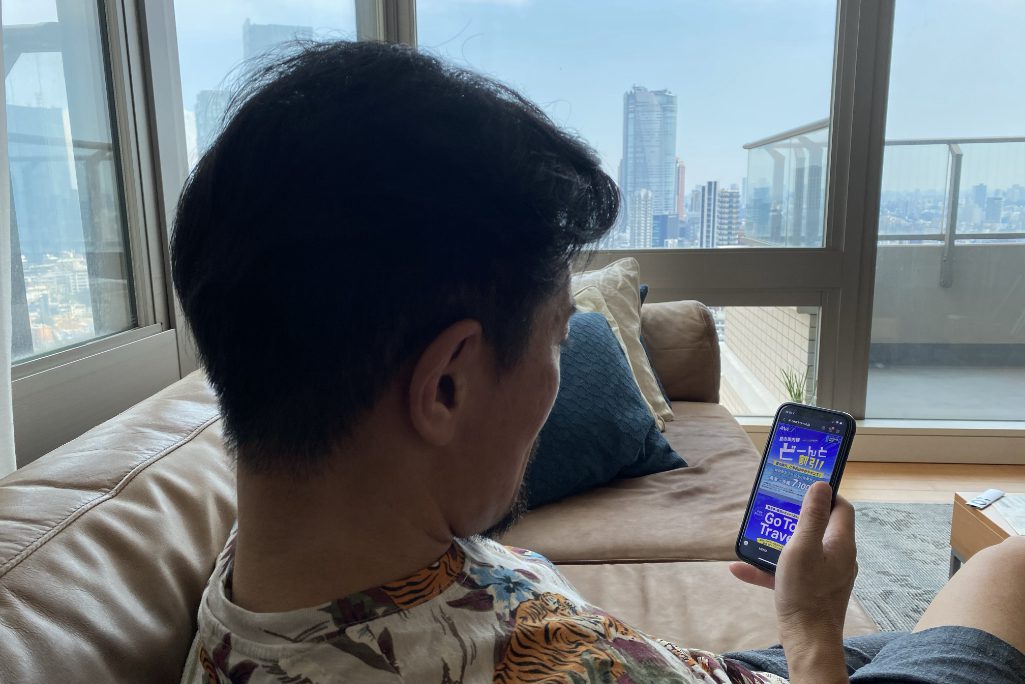Japan's Top Messaging App Has a Pandemic-Mindful Strategy for Domestic Tourism

Skift Take
Take a look at how Japan's most popular messaging app has approached travel marketing during the pandemic. It's a glance at how superapps might define the future of travel in Asia.
Japan is trying to boost domestic tourism without spreading the pandemic by targeting travel discounts for residents in specific areas. But many online marketing tools struggle to be that precise with geographic targeting.
Enter, the country's most popular messaging app, Line, which knows where its users live and can target users with relevant travel ads accordingly.
Line's geo-targeting is one of a few examples of how Japan has approached the challenge of bolstering its domestic tourism during a pandemic in ways that are subtly different from how brands in Europe and North America have addressed the same problem.
The jury is still out on whether the messaging app's sub-brand, Line Travel jp, has adapted as well as it could to the crisis. But its distinctive approach may help shake the settled assumptions of executives elsewhere about how online travel has to work.
The messaging app's merger with Yahoo Japan is slated to close sometime after October, creating a company with combined revenue of $11 billion per year. Line is headquartered in South Korea but is Japan's most popular messaging app.
Geo-Targeting Travel Ads
Line's core service is instant messaging, like WhatsApp. Line's travel brand offers price-comparison search, similar to metasearch brands like Kayak, Skyscanner, Trivago, and HomeToGo. But Line approaches messaging and metasearch differently than other companies. The interaction between the parent company and the travel brand has enabled some creativity during the pandemic.
Join Us For Our Skift Global Forum Online Conference September 21-23
Japan has run the world's most assertive push to revive domestic tourism with its "Go To" travel campaign. The government has subsidized vouchers
